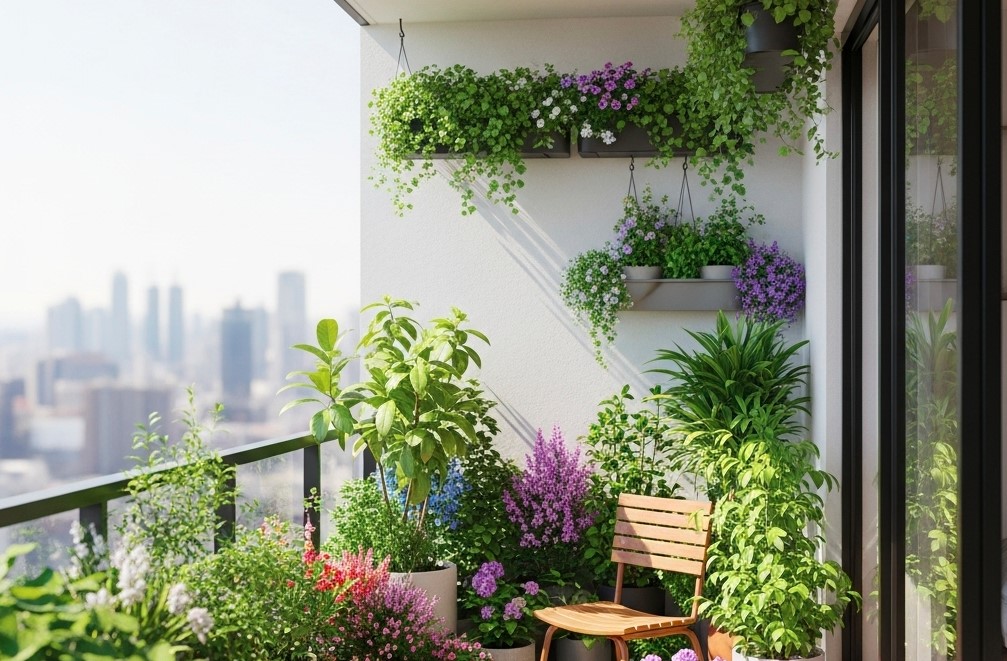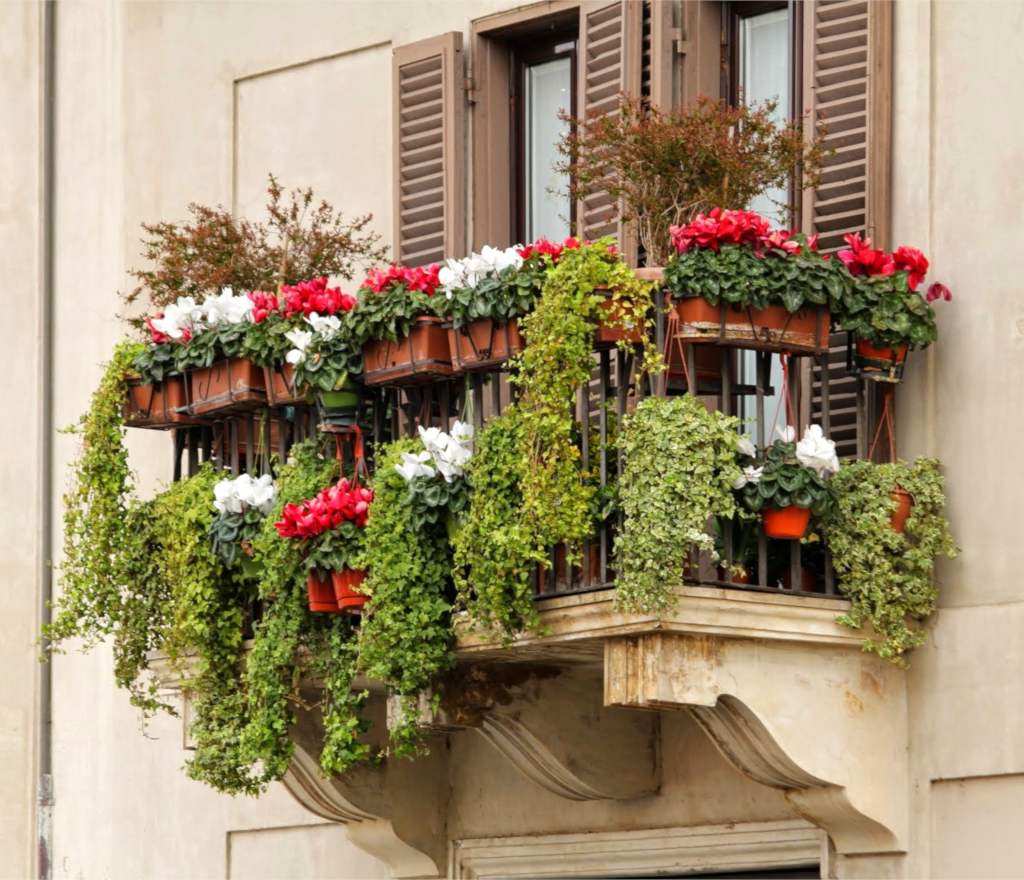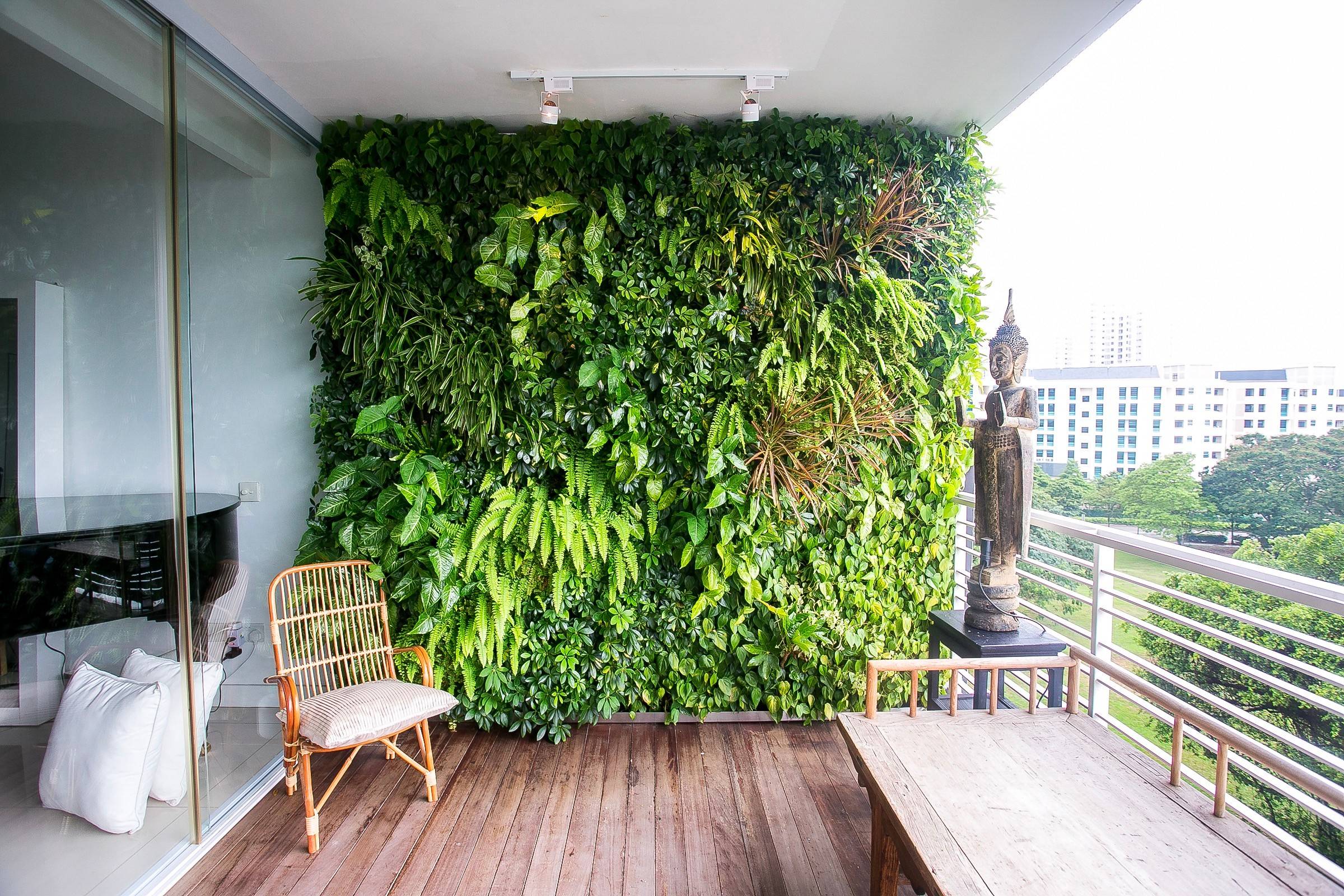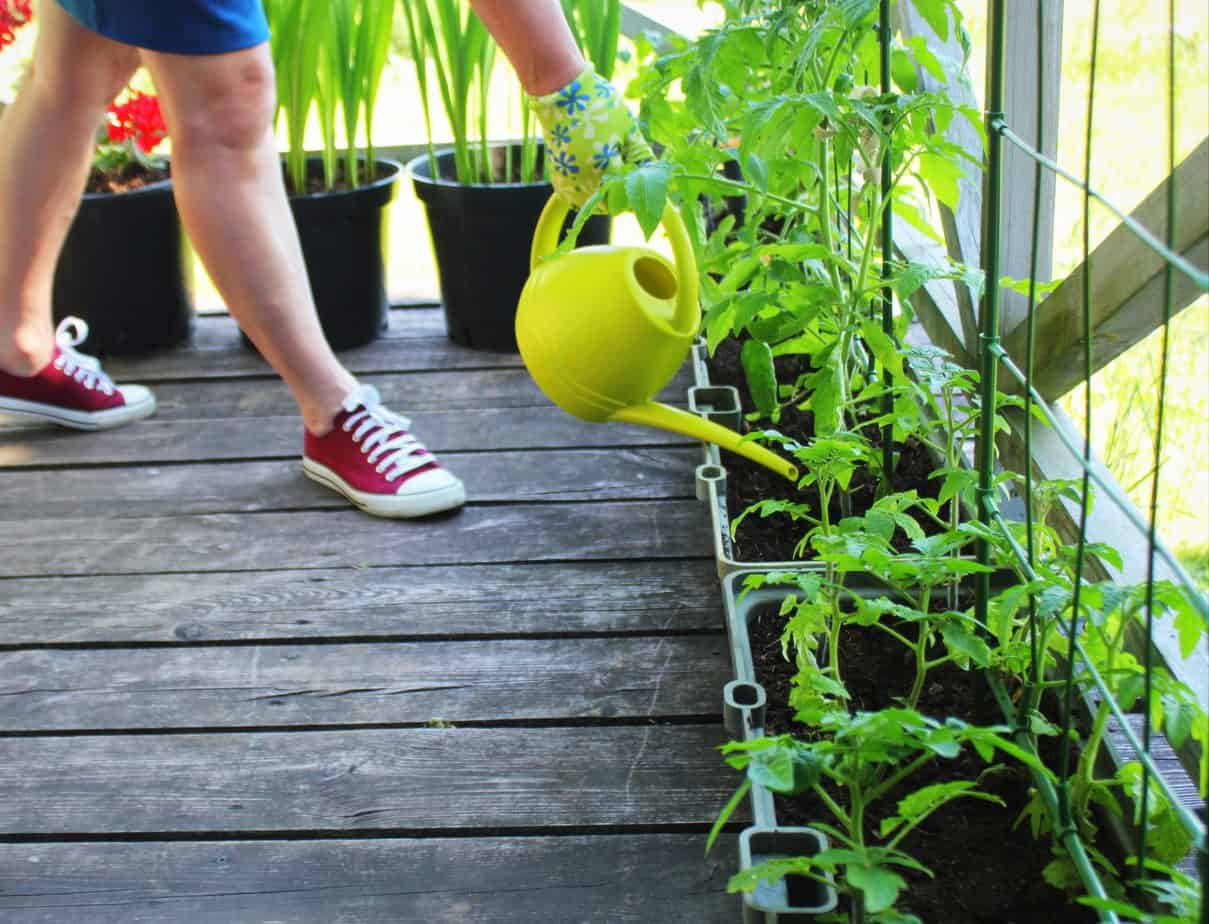Living in a city apartment or a home without a backyard doesn’t mean you can’t enjoy the beauty of plants and the joy of gardening. A balcony garden is a perfect solution to bring greenery, fresh air, and even fresh herbs into your life. With smart planning and a few easy steps, you can transform even the smallest balcony into a lush, inviting space.

Why a Balcony Garden is Perfect for Small Spaces
A balcony garden offers more than just decoration. It’s a way to connect with nature, reduce stress, and even grow food in limited space. Plants on a balcony can provide shade, filter the air, and create a private green corner for relaxation. Plus, with creative arrangements, your balcony can become a highlight of your home.

Plan Your Balcony Garden Like a Pro
Know Your Balcony Conditions
Before you buy any plants, spend a day observing your balcony. Does it get full sun, partial sun, or mostly shade? What about wind? Knowing your light and wind conditions will help you choose the right plants that will thrive.

Measure Your Space
Take measurements of your balcony’s floor area and railing height. This will help you pick the right size pots, shelves, or vertical planters. Remember, even tiny corners can be used with clever design.
Best Plants for Balcony Gardens
Here’s a simple table to help you choose plants based on balcony conditions:
| Balcony Type | Best Plants | Why They Work |
|---|---|---|
| Sunny | Herbs (basil, rosemary), cherry tomatoes, succulents | Love bright light, low maintenance |
| Partial Sun | Pothos, ferns, impatiens | Handle changing light |
| Shady | Snake plant, peace lily, caladium | Thrive in low light |
| Windy | Lavender, dwarf bamboo, geranium | Tough against wind |

Smart Design Ideas for Balcony Gardens
- Use Vertical Space: Hanging baskets, wall planters, and trellises can double your planting area without taking up floor space.
- Mix Pot Sizes: Combine small pots, medium tubs, and tall planters for a layered look.
- Choose Light Materials: Fiberglass or plastic pots are easier to move and safer on upper floors.
- Add Seating: A small bench or foldable chair will let you enjoy your mini garden comfortably.

How to Care for Your Balcony Garden
- Watering: Balcony plants may dry out faster due to sun and wind. Check soil moisture daily, especially in summer.
- Fertilizing: Container plants need feeding more often. Use a liquid fertilizer every 2-3 weeks during the growing season.
- Pest Control: Watch for aphids or spider mites. A gentle spray of soapy water often solves the problem.
- Cleaning: Sweep fallen leaves and wipe railings to keep the space neat and inviting.

Balcony Garden Styling Tips
- Match Your Home’s Style: If your home is modern, go for sleek pots and structured plant shapes. For a cozy look, use woven baskets or rustic terracotta.
- Create a Color Theme: Use flowers and foliage in colors that match or contrast nicely—like purple lavender with silver-leaf plants.
- Add Lights: Small string lights or solar lanterns make the space magical at night.
:strip_icc()/patio-complete-with-string-lights-458d3f1c-c817ae5da7c845a683f0dcb01179dda1.jpg)
Balcony Garden Safety Tips
- Don’t overload the balcony with heavy pots—always check the weight limits of your building structure.
- Secure hanging planters and wall pots well to avoid accidents during windy days.
- Place large pots near walls or corners for extra stability.
Easy Edible Plants to Try in Your Balcony Garden
You can grow fresh food even in a small space! Start with:
- Basil and mint — fast-growing herbs perfect for beginners
- Cherry tomatoes — compact varieties are ideal for pots
- Lettuce and spinach — quick to grow, harvest often
- Chili peppers — love sunny balconies and add color too

Related article: Cute Indoor Plants That Make Your Room Look Alive